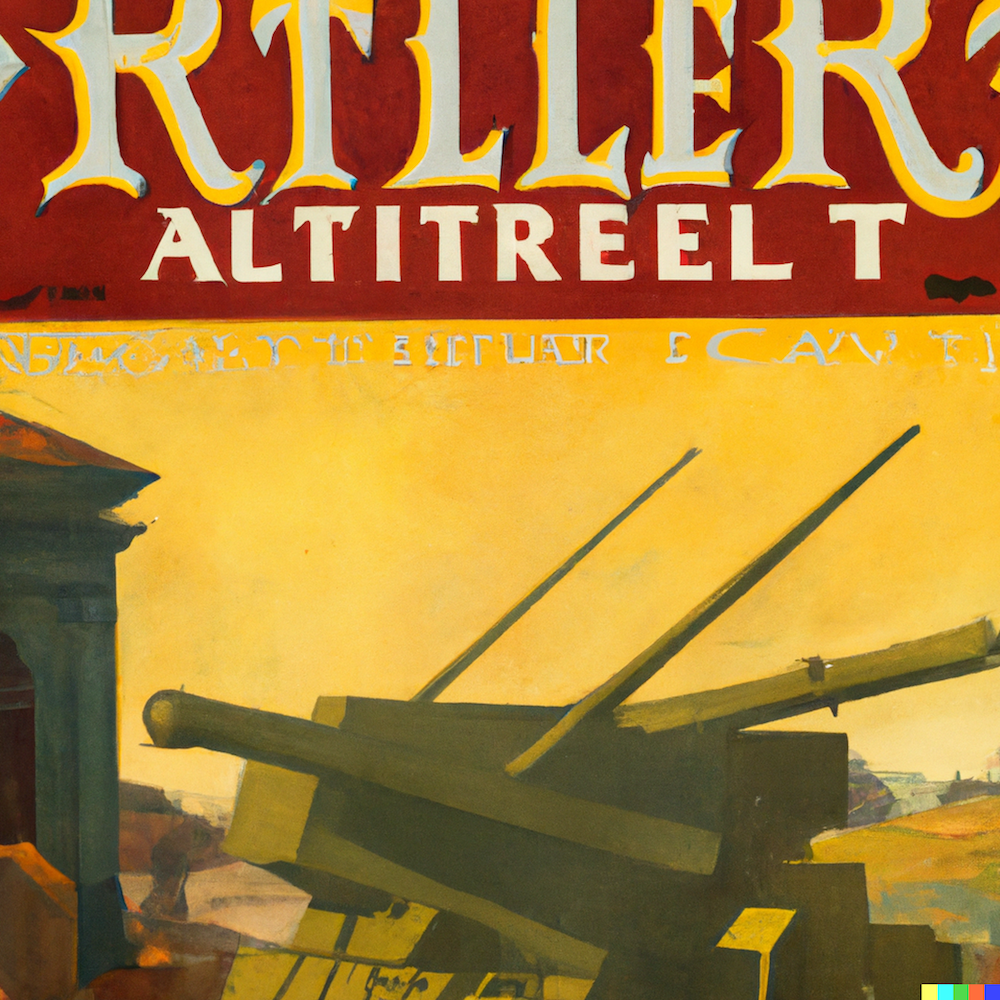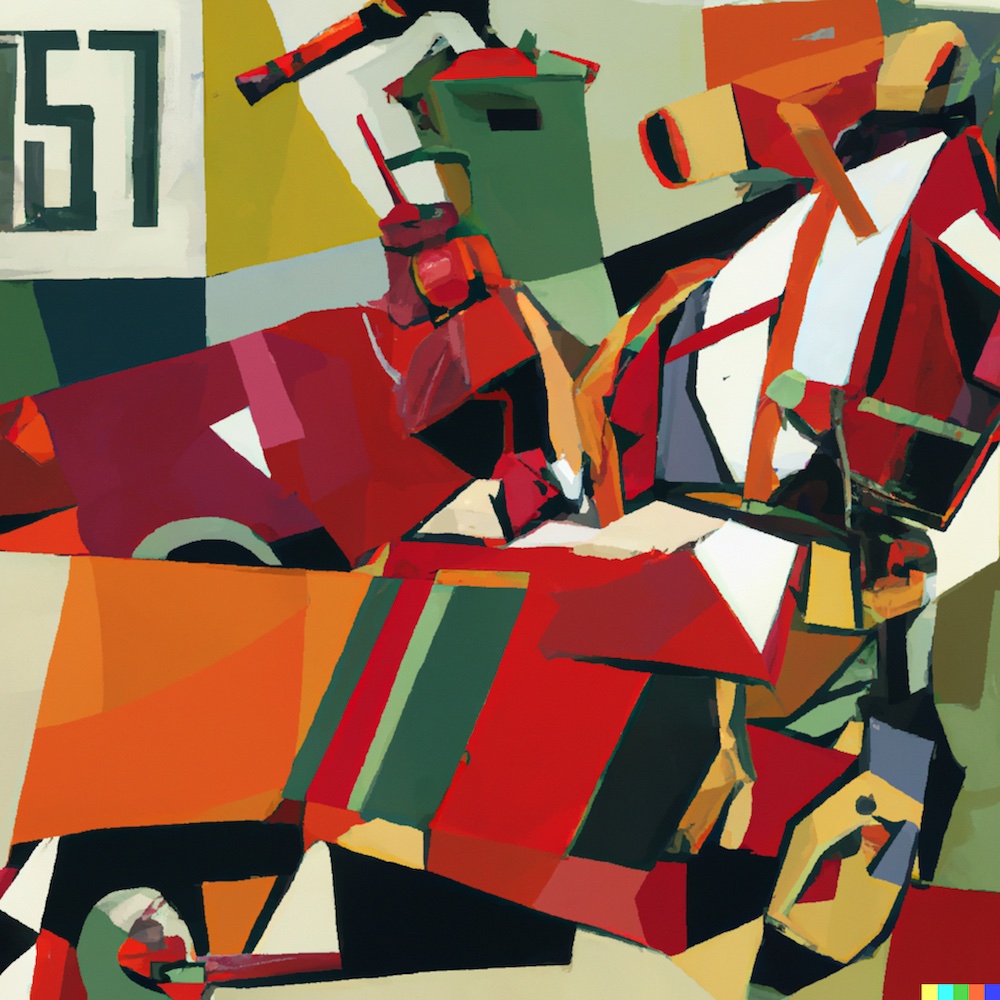The age of artificial intelligence (AI) has arrived whether we like it or not and now it has come to the art world. That should not really be much of a shock. It’s now five years since AlphaGo defeated the best Go players in the world. Writers have auto-complete options readily available. AI is facilitating incredible advances in the bio-sciences with AlphaFold. The latest frontiers are the creative ones—writing fiction, composing music and making visual art.
This column has periodically explored the question of just what constitutes art. My very first column explored digital art and devices that assist artists such as David Hockney, who has produced prodigious quantities of stunning artwork made on his iPad. A recent column concluded that NFTs are not art but really entries on Blockchains (not surprisingly NFT values crashed during the summer 2022 crypto apocalypse).
Now we are dealing with the controversy surrounding the advent of AI image generating programs such as DALL-E 2, Midjourney and Stable Diffusion. The complex programming process known as diffusion is evolving fast. It is estimated that DALL-E 2 produces images four times more detailed than the first iteration introduced a little more than a year ago.
A computer engineer, Jason M. Allen of Pueblo, Colorado, achieved instant notoriety when a “work of art” he created strictly with descriptive word prompts on the Midjourney program won an annual art contest at the Colorado state fair this summer. The work he titled “Theatre D’opera Spatial” won a blue ribbon and a $300 prize—and millions of dollars worth of publicity. Some of the judges confessed they had no idea the work was AI-originated, but they said it wouldn’t have changed their votes.
The media anointed Allen’s entry the first wholly AI-generated artwork to win an award, neglecting the fact that Bessie the cow also won first place in the bovine division at the same fair. Yes, cowboy, we’re a long way from the Venice Biennale. However, the story was deemed important enough to make it into The New York Times, Washington Post, and BBC News.

“A Pietist painting of an Artillery Art Magazine cover.” Image generated by DALL-E/OpenAI
As the Times put it, “Users type a series of words in a message to Midjourney; the bot spits back an image seconds later.” Algorithms are used to recognize descriptive artistic patterns among millions of online images. The user can refine the images with further prompts and use of Photoshop. Allen’s winning image was indeed sophisticated and mysterious and some major art critics were duly impressed. A Washington Post art critic, Sebastian Smee, compared it to the work of Gustave Moreau, the 19th-century artist associated with the Symbolist movement.
Midjourney and other AI programs have generated social media opprobrium with their dependence on bots to scrape the internet of art and other images (much of which is copyrighted) providing an instantly generated unique image or series of images. Allen received considerable hate and dislikes on social media. Some artists were appalled that their work was essentially pimped out by AI programs, but the resultant image rarely, if ever, relies on a copy of an individual artwork.
Nevertheless, it will only be a short time before some enterprising lawyer and his artist client file a test case, claiming copyright infringement based on substantial similarity. Of course, the AI “artist’s” defense of fair use will be based on the argument that the generated image was transformative of the original artist’s work.
In reaction to the controversy, Allen was quoted in the Times as saying, “Art is dead, dude. It’s over. AI won. Humans lost.” Whoa, pardner—human-made art is more alive than ever. However, AI-generated art should be categorized as a hybrid creation made, not just by a human, but primarily by a machine. When Christie’s holds its first auction of AI art—likely not too long from now—full disclosure of the genesis of each AI artwork should be made.
As always in the art world, fakes and frauds will become a problem. The Big Eyes scheme is sure to arise, but instead of a flamboyant Walter Keane fronting for Margaret, his artist spouse, we are sure to encounter imposters attempting to hide their dependence on Midjourney or DALL-E 2, claiming to be the next Jeff Koons. Eventually, we may be unable to tell if it’s the real thing, or the ghost in the machine.


